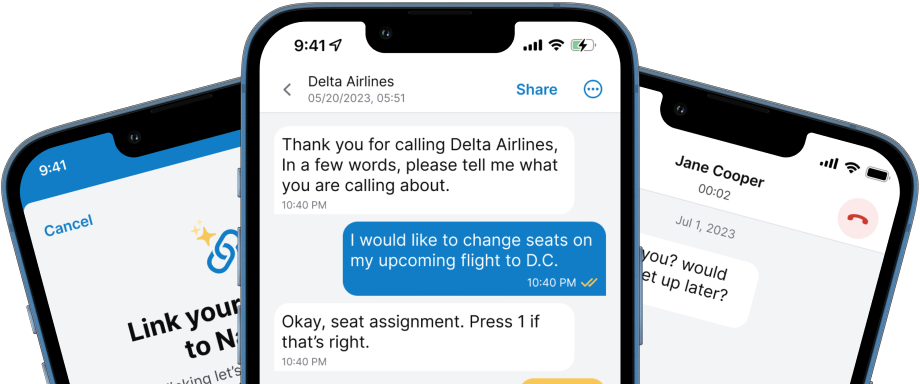What is Asymmetrical Hearing Loss And How to Deal With It
Find out what is asymmetrical hearing loss, its symptoms, its causes, and much more in our insightful article. Click here to read more!

What is Asymmetrical Hearing Loss
Asymmetrical hearing loss refers to a condition in which an individual has different levels of hearing ability between their two ears. One ear may have normal or near-normal hearing, while the other ear experiences varying degrees of hearing impairment or loss. People with asymmetrical hearing loss find themselves relying on their “good ear,” and often will turn their head so that the ear with better hearing is facing the person they’re talking to.
This is not the same as bilateral hearing loss (a hearing loss in both ears) or unilateral hearing loss (a hearing loss in only one ear).
What Does Asymmetrical Hearing Loss Look Like?

During a hearing test, your hearing specialist, usually an audiologist or hearing instrument specialist, will carefully measure your ability to hear volume and frequency (pitch) in each ear. The results are then mapped on an audiogram. This is a visual representation of your hearing loss. There are two lines on an audiogram, one for each ear. In most cases, these lines more or less overlap and don’t deviate much from each other. When someone has symmetrical hearing loss, it means that the severity and shape of hearing loss are the same in each ear. If you have asymmetrical hearing loss, however, one line will have a difference of at least 10 decibels across three or more frequencies.
Quality of Life With Asymmetrical Hearing Loss
Asymmetrical hearing loss can significantly impact a person’s quality of life. Communication may become more difficult. Participating in social gatherings, engaging in activities, and enjoying various forms of entertainment can become more complicated. How so, you may ask:
- It can make it difficult to localize sounds, which can be especially problematic in noisy environments or group settings.
- It can also make it harder to understand speech, especially in situations where there is background noise.
All of this can lead to feelings of isolation, frustration, and even anxiety. Those are some of the emotional hurdles a person with asymmetrical hearing loss will face and overcome.
Signs of Asymmetrical Hearing Loss

There are various indicators to watch out for that can manifest as asymmetrical hearing loss. For instance, this individual may be unable to use a phone with his/her left ear or hear people talking to him/her if they were standing to the left. This is just one example of over-reliance on the stronger ear that has the least loss of hearing.
Some of the signs of asymmetrical hearing loss include:
- Favoring one ear over the other
- Turning your “good ear” toward your conversation partner
- Having trouble localizing sounds
- Having difficulty hearing speakers in noisy environments
- Turning up the TV volume louder than others prefer
- Asking people to repeat themselves frequently
- Experiencing tinnitus (ringing in one ear or both)
Causes of Asymmetrical Hearing Loss
There are many possible causes, ranging from common (noise) to rare (medical tumors). That's why a thorough diagnostic workup by an audiologist, in conjunction with an ENT doctor, is so important. Let's take a look at possible reasons:
- Meniere's disease is an autoimmune disorder that disrupts the pressure in the inner ear, usually in one ear only. This leads to vertigo, ear stuffiness, tinnitus and fluctuating hearing loss that usually gets progressively worse over time. It is one of the more common ways people can develop different levels of hearing between the ears.
- Unilateral/asymmetric hearing loss and/or tinnitus and loss of balance/dizziness are early signs of a vestibular schwannoma.
- Another condition, known as congenital stenosis, narrows the ear canal and can cause hearing loss to be worse in one ear vs. the other.
- Shooter’s ear: Frequently shooting firearms for your job or hobby can lead to asymmetrical hearing loss.
Treatment for Asymmetrical Hearing Loss
When diagnosed with asymmetrical hearing loss, your audiologist may send you to a ENT (ear-nose-throat) doctor for further evaluation before discussing treatment options. These options depend on the underlying cause and the individual's specific circumstances, and they may include hearing aids, cochlear implants, or other assistive devices to improve overall hearing and auditory balance.
With modern programmable hearing aids, an audiologist may be able to customize the settings on each side to compensate for the worse ear. The goal is to find a solution that balances the signals coming to each ear so you can perceive sound as "normally" as possible. The difficulty will increase with the difference in hearing ability between ears.
Concluding Insights
What we need to remember is that understanding the nuances of asymmetrical hearing loss not only improves individuals’ lives but also enhances their overall auditory experiences. Again, if you see or experience any of the signs above, please consult with your local audiologist.





